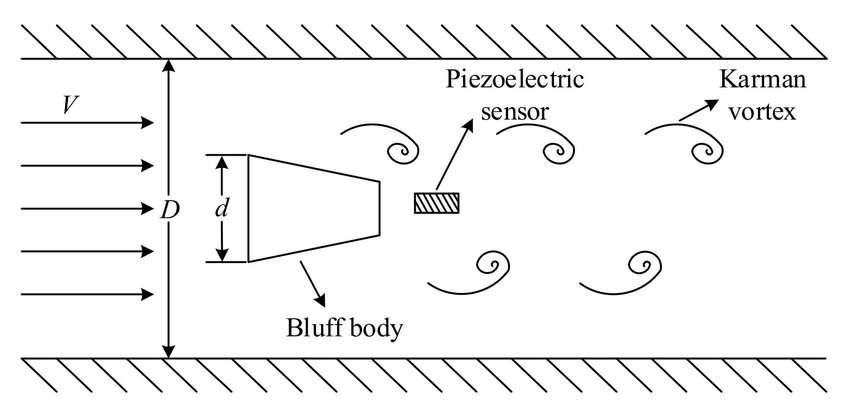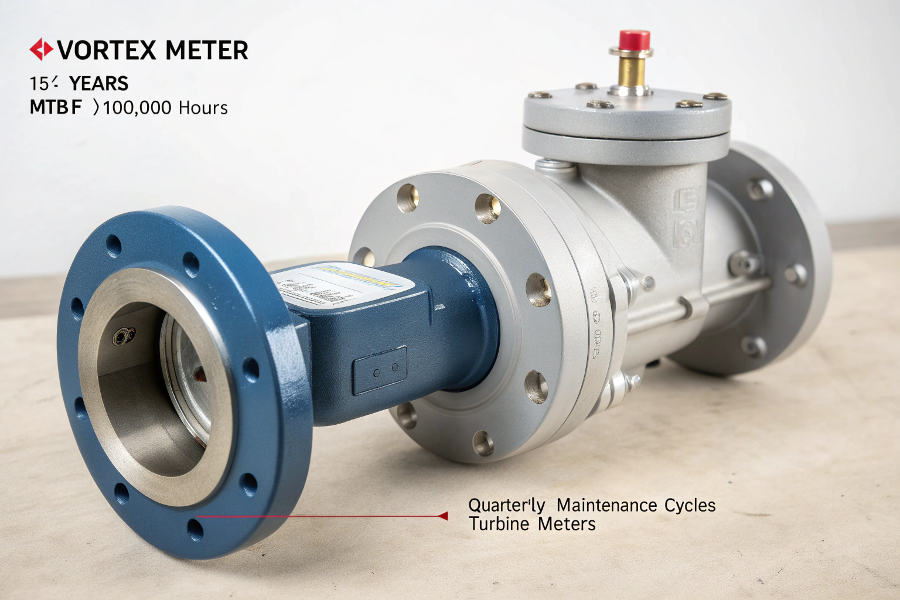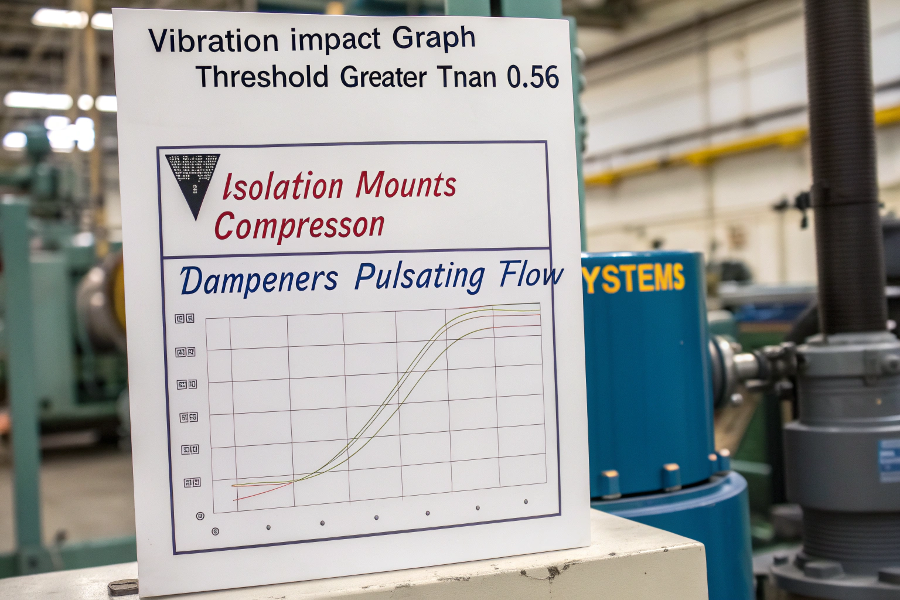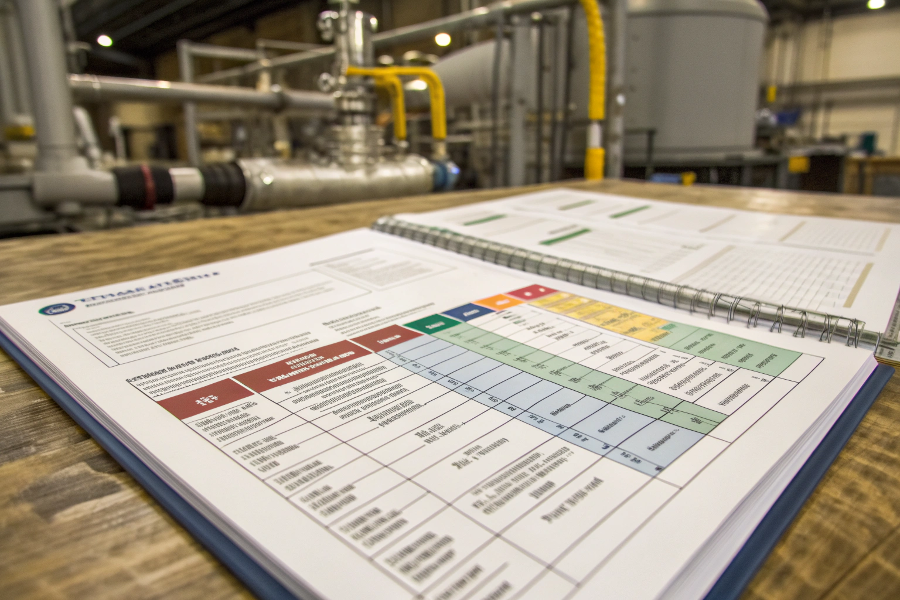Need to measure steam or clean liquid flows? Vortex flow meters offer unique benefits but require careful application considerations. Understanding their pros and cons helps select the right technology.
Vortex flow meters measure fluid velocity by detecting vortices shed from a bluff body, offering non-intrusive measurement for liquids, gases and steam with no moving parts. Their reliability makes them popular in chemical, oil & gas, and HVAC applications when properly specified.

Vortex Shedding Principle
While electromagnetic and ultrasonic flowmeters dominate discussions, vortex technology occupies a vital niche. Let’s examine when these devices excel and where alternatives perform better.
What Are the Advantages of a Vortex Flow Meter?
Why choose vortex over other technologies? Three compelling reasons make these meters ideal for certain applications.
1. Superior reliability in clean fluid applications
With no bearings or moving parts subject to wear, vortex meters outlast mechanical alternatives:
- Typical lifespan: 15+ years
- MTBF: >100,000 hours
- Maintenance cycles: Annual verification vs quarterly for turbine meters

Mechanical Comparison
2. Excellent steam measurement capabilities
No other technology combines steam measurement advantages so effectively:
- Handles saturated and superheated steam
- Withstands temperatures to 450°C
- No pressure drop issues like orifice plates
- Lower cost than Coriolis alternatives
3. Cost-effective performance balance
Vortex meters hit a sweet spot between:
- Price: 1/3 cost of comparable Coriolis
- Accuracy: ±0.75% for liquid, ±1% for gas
- Durability: 5x lifespan of turbine meters
| Feature | Vortex | Turbine | Coriolis |
|---|---|---|---|
| Initial Cost | $$ | $ | $$$$ |
| Lifetime Cost | $ | $$$ | $$ |
| Steam Suitability | ★★★★★ | ★★☆ | ★★★★ |
What Are the Disadvantages of Vortex Flow Meters?
Despite strengths, vortex technology has inherent constraints requiring careful evaluation.
1. Minimum flow velocity requirements
Below threshold velocities, vortex shedding stops:
- Typical minimum: 0.3 m/s liquids, 3 m/s gases
- Varies by pipe size and manufacturer
- Creates "no flow" dead zone in turndown
2. Sensitivity to vibration and pulsation
Mechanical vibrations cause false readings:
- Threshold: >0.5g vibration
- Requires isolation mounts in pumps/compressor areas
- Pulsating flows need dampeners

Vibration Error Analysis
3. Limited dirty fluid capability
Performance degrades with:
- Solids >5% concentration
- Viscosity >30 cP
- Wax or gum-forming fluids
What Are the Limitations of Vortex Flowmeter?
Understanding operation boundaries prevents misapplication.
Pipe Size Constraints
Optimal performance occurs in:
- 1/2" to 12" pipes (DN15-DN300)
- Larger sizes possible but expensive
- Small sizes have higher minimum flows
Fluid Property Requirements
Must maintain:
- Reynolds number >10,000
- Relatively stable density
- Non-pulsating flow
Installation Demands
Requires proper:
- Upstream straight runs (15-30D)
- Downstream straight runs (5D)
- Flow conditioning elements
What Is the Problem With the Vortex Flow Meter?
Field issues commonly stem from four root causes:
1. Low flow conditions
Symptoms:
- Intermittent signal dropout
- Accuracy degradation
Solutions:
- Verify actual vs required minimum flow
- Consider smaller pipe size
- Switch to thermal meter if needed
2. Vibration interference
Symptoms:
- Random flow spikes
- Non-zero readings at rest
Solutions:
- Add vibration isolators
- Relocate meter if possible
- Enable vibration filtering
3. Improper orientation
Symptoms:
- Liquid/gas measurement errors
- Drainage/ventilation issues
Solutions:
- Liquid: Horizontal only
- Gas: Vertical upwards preferred
- Steam: Follow manufacturer guidance
4. Installation effects
Symptoms:
- Consistent measurement offset
- Poor repeatability
Solutions:
- Verify straight run requirements
- Install flow conditioner
- Check for partially closed valves
How to Select the Right Vortex Flow Meter?
Match these five application factors to specifications:
1. Process Media Characteristics
- Clean liquids/gases: Excellent fit
- Steam: Ideal application
- Slurries/high viscosity: Avoid
2. Flow Profile Conditions
Evaluate:
- Reynolds number range
- Flow velocity range
- Pulsation frequency
3. Environmental Factors
Account for:
- Ambient vibration levels
- Temperature extremes
- Hazardous area requirements
4. Performance Needs
Specify:
- Required accuracy (±0.5% vs ±1%)
- Turndown requirements (10:1 typical)
- Output/communication needs
5. Maintenance Considerations
Plan for:
- Access requirements
- Spare part availability
- Calibration frequency

Vortex Meter Selection Process
For marginal applications, consider:
- Hybrid vortex+ultrasonic designs
- Dual-technology verification
- Manufacturer application review
Conclusion
Vortex flow meters deliver reliable, cost-effective measurement for steam and clean fluids above minimum velocities. Their no-moving-part design excels where turbine and positive displacement meters fail, while avoiding Coriolis price premiums. Successful implementation requires careful attention to vibration control, low-flow avoidance, and proper installation practices – when these conditions are met, vortex meters provide outstanding long-term service with minimal maintenance. For challenging applications beyond their ideal operating envelope, combining vortex technology with complementary measurement principles often yields optimal results.
